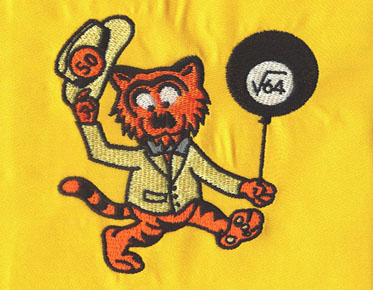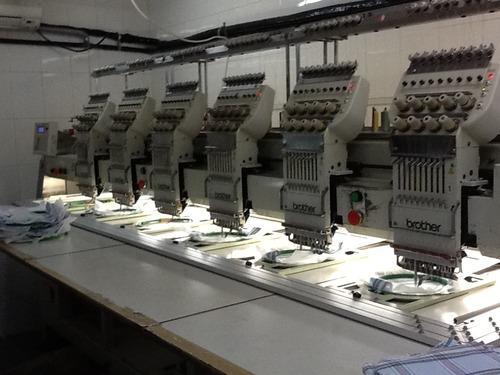Embroidery Digitizing Tips And Tricks
A good embroidery digitizing logo is definitely going to improve your business. Whether you're new to embroidery or you've been doing it for years, you need to realize how important a good digitizing logo is to your success.
When it comes to digital embroidery it is a
key part of the modern fashion industry. Not digitizing your logo rights can be
the deciding factor in your success or failure when it comes to progressive machine embroidery. You need to take
the time to learn digitization, even if you don't do it yourself. Just to see
how it works and how to bypass impossible situations or create key shortcuts.
It can be time consuming and costly if not done well, so whether you're an
embroiderer, a contractor, or someone running a machine, you need to know at
least the basics of digitization.
In this day and age, most sportswear, jackets, shirts, and trendy fashions that are trending today require manufacturers to go digital. If I put it in simple words, I would say that just like our body needs food to function, an embroidery machine cannot function without digital design.
While digitization has no restrictions on what can or cannot be embroidered on a shirt, towel, or hat, there are some things or behaviors that can limit the quality of your output. Today's™ blog will discuss the most obvious mistakes embroiderers make and how to avoid them, while discussing the methods amasses uses to achieve quality results.
Let's talk about the dos and don'ts of embroidery digitizing
Custom
Design and Software Limitations
We know that there are no limits to what can be digitally embroidered on clothes. However, in order to perform these tasks effectively, the following things must be kept in mind.
Remember
the fabric
Before digitizing it, people need to think about what they're going to sew. For example, the flat designs typically used on shirts won't work well on hats due to their curved surfaces. Likewise, weaving curved logs on a shirt will not produce exactly the desired output. That being said, certain design techniques work better on certain fabrics. The digital design of jeans fabrics will not give good results on stretchy fabrics and may cause wrinkling and vice versa. The key is to have a clear understanding of the logo and the fabric it will be embroidered on.
Choose
the right sequence
This is undoubtedly one of the key steps in the digitization of logos. When weaving a logo on fabric, the machine must start by placing the stitches, then move to the bottom layer, and then topstitch. If these steps are done differently, the result will be less clean and you may have a distorted design in your hands. When doing digital embroidery, it's important to remember the correct stitch order, especially when it comes to hats, start in the center and work outwards to avoid messing up.
Stitch
angle
Often, certain designs need to be embroidered in a specific pattern. The sewing angle is the angle pursued by the sewing machine. It can be at any angle, horizontal, vertical or diagonal. Designs with various elements often require embroidery with different stitch angles, and it also creates a flow of payouts. Using only one angle can make sewing boring and textureless, which can be unsatisfying for the client.
Underlay
The importance of underlay is overlooked by most new embroiderers. However, old pigeons in the field can confirm that the stability underlay provided to the fabric is surreal. It helps stabilize your design. Various types of underlay are available, such as zigzag, padded stitch, center run, etc., all of which help the machine provide a smooth surface to stitch the design. The use of underlay is considered necessary when embroidering on elastic fabrics. It prevents the logo from wrinkling and adds density, giving the design a one-of-a-kind look.
Now that we've discussed the dos and don'ts of embroidery digitizing, let's consider the "don'ts" that are essential for manufacturers who don't want to mess with their goods and contracts.
Jump
stitch
This happens when the stitches are poorly ordered, as the needle moves from place to place in the frame, dragging the thread with itself, making the sewing look low quality. Skipping stitches are often the result of poor digitization files or missing critical steps in digitizing files for machine embroidery. Bad sewing can be labor-intensive because you have to manually remove bad stitches from the product.
Inaccurate
density
When weaving, the individual distance
between the stitches is called the density. This is a fairly important factor
that can have a huge impact on a woven logo. Digitized files with lower density
will shorten stitching time and reduce needle breakage. By contrast, too much
dense paper can lead to needles, threads, and tears between fabrics. Also, too
many dense designs become very rigid, resulting in uncomfortable clothing or
accessories.



